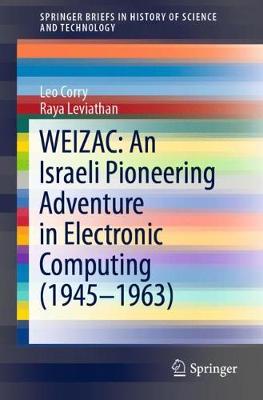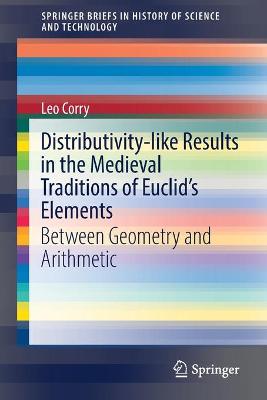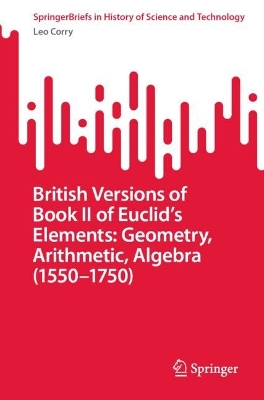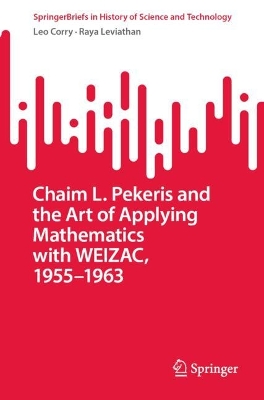SpringerBriefs in History of Science and Technology
4 total works
WEIZAC: An Israeli Pioneering Adventure in Electronic Computing (1945-1963)
by Leo Corry and Raya Leviathan
The book tells the unique story of WEIZAC, an early computer built by a "new nation" in the early 1950s. It was created in Israel, even though the feasibility of this project was actually close to null when it was initially conceived, in 1946, and, unlike most of the early computer projects, was privately financed mainly by the Jewish world community. The book draws on a wealth of documents and historical insights to reveal the processes and powers that led to the successful completion of the project and, as well as its actual impact on scientific activities in Israel, and on the rise of a local computing community.
Based on archival data, the book shows how a synergy of personal dedication together with an organizational and national mission that links the Zionist vision with science and technology for the Jewish people helped to achieve a well-defined goal.The book offers intriguing insights and refreshing perspectives to all readers interested in the Zionist movement or in the history of computing.
Distributivity-like Results in the Medieval Traditions of Euclid's Elements
by Leo Corry
This book provides a fresh view on an important and largely overlooked aspect of the Euclidean traditions in the medieval mathematical texts, particularly concerning the interrelations between geometry and arithmetic, and the rise of algebraic modes of thought. It appeals to anyone interested in the history of mathematics in general and in history of medieval and early modern science.
British Versions of Book II of Euclid's Elements: Geometry, Arithmetic, Algebra (1550-1750)
by Leo Corry
This book discusses the changing conceptions about the relationship between geometry and arithmetic within the Euclidean tradition that developed in the British context of the sixteenth and seventeenth century. Its focus is on Book II of the Elements and the ways in which algebraic symbolism and methods, especially as recently introduced by François Viète and his followers, took center stage as mediators between the two realms, and thus offered new avenues to work out that relationship in idiosyncratic ways not found in earlier editions of the Euclidean text.
Texts examined include Robert Recorde's Pathway to Knowledge (1551), Henry Billingsley’s first English translation of the Elements (1570), Clavis Mathematicae by William Oughtred and Artis Analyticae Praxis by Thomas Harriot (both published in 1631), Isaac Barrow’s versions of the Elements (1660), and John Wallis Treatise of Algebra (1685), and the English translations of Claude Dechales’ French Euclidean Elements (1685).This book offers a completely new perspective of the topic and analyzes mostly unexplored material. It will be of interest to historians of mathematics, mathematicians with an interest in history and historians of renaissance science in general.
Chaim L. Pekeris and the Art of Applying Mathematics with WEIZAC, 1955–1963
by Leo Corry and Raya Leviathan
This book describes the groundbreaking work of Chaim Leib Pekeris and his collaborators. Between 1955 and 1963 they used the first electronic computer built in Israel, the Weizmann Automatic Computer (WEIZAC), to develop powerful numerical methods that helped achieve new and accurate solutions of the Boltzmann equation, calculate energy levels of the helium atom, produce detailed geophysical and seismological models derived from the study of the free oscillations of the earth, and refine models used to predict meteorological phenomena and global oceanic tides. This book provides a unique account of the pioneering work of Chaim L. Pekeris in applied mathematics and explains in detail the background to the rise of the Weizmann Institute as a world-class center of scientific excellence. This hitherto untold story is of great interest to historians of twentieth-century science with special emphasis on the application of computer-assisted numerical methods in various branches of mathematical physics.



